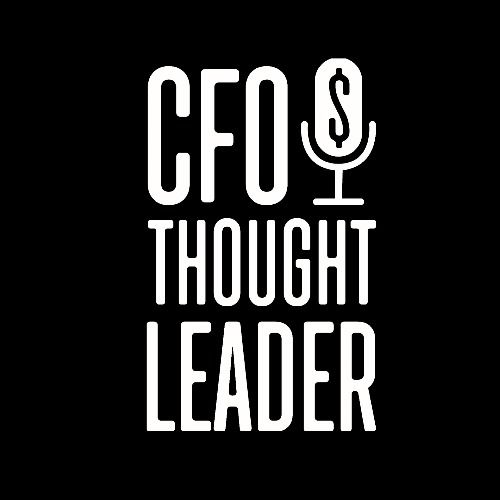547: Enters the Change Agent | John Karnes, CFO, Vertafore
CFOTL: What are your top of mind metrics?
Karnes: I think about metrics sort of under three rubrics. The first is what I would think of as a customer-centric layer. Then there's the financial performance one that we all think about as CFOs, and then there's a very distinct operational layer. On the customer-centric layer, we think about things like SLAs, our service-level agreements with our customers, uptime, system availability. These are the things--before we get to gross margin--that really impact our success as a business and what our next quarter is going to be like. There are things like customer health scoring in your customer success organization. Happy customers don't leave. Keeping your revenue is much cheaper than trying to go acquire new revenue. Things like NPS, net promoter score. Things that I watch very, very carefully are very customer-centric, as opposed to what's next, which is more pure financial performance. At the end of the day, your economics are based on your base business, your new business, and the investments that you make going forward. That's what drives economic performance. The first thing that I look at in the morning is churn and retention. "Churn," for those who aren't SaaS experts, is simply our subscriptions that are terminating and my customers that are leaving me or deciding to subscribe to me in a lesser amount. So, it's lost revenue. After that, it's gross margin. Obviously revenue is tops. Churn is my top line. Gross margin is after my cost of goods sold and tells me how efficiently I'm delivering my product. All of these businesses are built on free cash flow. After I pay my G&A, after I pay the capex that I've got, how much cash am I making and am I self-sufficient or dependent on the equity markets to grow my business? That's a really important part of the business, from a baseline. New business cost is very important. These are things like customer acquisition costs. I'm making an investment for every customer. How quickly do I get that investment back? How many months? Is it six, 12, 18 months before I recoup that investment? And, like all good SaaSware companies, we invest a tremendous amount of money in our future through research and development. The question is, What is the rate of return that we're engineering to for that research and development? How does this correlate with other opportunities that we may have, like acquisitions or debt repayment?


